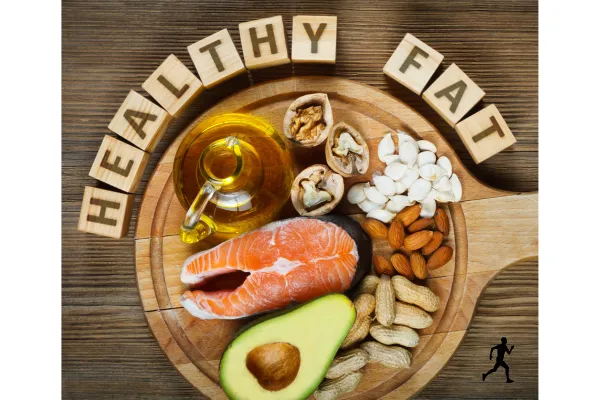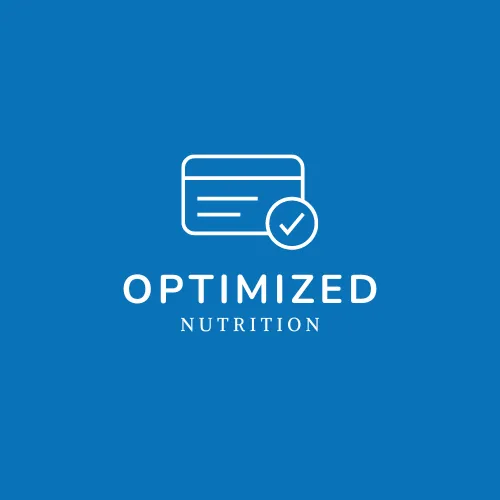Blog

"The Runner's Guide to Healthy Fats: What You Need to Know"
You get done with a long run and a double cheeseburger with fries sounds delicious, right? After all, you earned it. But if you think that just because you run, you don’t need to be concerned with your fat intake, think again. High fat intake, particularly saturated fat, plays a significant role in your heart health.
Research over the past decade emphasizes that fat consumption is more about quality than quantity. Strong evidence shows that replacing saturated fats with unsaturated fats, especially mono- or polyunsaturated fats, is associated with reduced levels of total cholesterol and low-density lipoprotein cholesterol (LDL cholesterol), as well as a reduced risk of cardiovascular disease events, such as heart attacks and related deaths.
As a result, the USDA Dietary Guidelines for Americans recommend limiting saturated fat intake to less than 10 percent of calories per day. To help you navigate the different types of fat in foods, keep these tips in mind.
Eat More of These:
Polyunsaturated Fatty Acids (Polyunsaturated Fats): Find them in corn, soybean, and cottonseed oils; walnuts; pine nuts; and sesame, pumpkin, and flax seeds. Omega-3 (n-3) fatty acids, a type of polyunsaturated fat, are found in seafood such as salmon, trout, herring, tuna, and mackerel, and in flax seeds and walnuts. EPA and DHA are long-chain n-3 fatty acids common in seafood.
Monounsaturated Fatty Acids (Monounsaturated Fats): Discover them in olive, canola, sunflower, and safflower oils, and in avocados, peanut butter, and some nuts and seeds including almonds, hazelnuts, pecans, pumpkin seeds, and sesame seeds.
Eat Less Saturated Fat
Saturated fat is everywhere, especially in some of our favorite foods, like burgers, sandwiches, tacos, and pizza. Depending on how they are prepared, meat, poultry, and seafood dishes may be high in saturated fat. Other, not-so-obvious sources include rice and pasta in mixed dishes with cheeses and oils, such as lasagna, macaroni and cheese, or casseroles. Just two slices of pepperoni pizza may contain over half of the daily recommendation for saturated fat.
But don’t worry; you don’t have to give up your favorite foods. Check out these strategies to lower saturated fat while increasing monounsaturated and polyunsaturated fats:
Have one fewer slice of pizza and leave room for a side salad or other vegetables. Also, consider adding vegetables or choosing lower-fat meats like Canadian bacon as toppings.
For your favorite casseroles, add more vegetables, whole grains, lean meats, and low-fat or fat-free cheeses in place of fatty meats and regular cheeses.
Make smart substitutions. For example, when making tacos, start with lean ground beef (93/7 or 90/10) or ground turkey breast. Use less meat and add vegetables like bell peppers and black beans. Try low-fat cheese and sour cream. Include avocado as your monounsaturated fat.
Two times a week, eat fish with omega-3 fatty acids (polyunsaturated fat), such as salmon or tuna.
In recipes, use low-fat plain Greek yogurt instead of cream or regular sour cream.
Choose cuts of beef and pork with the words round or loin in the name, such as sirloin, tenderloin, or top round steak.
Snack on nuts and seeds in moderation.
Coconut oil is perceived as healthy but it is high in saturated fat. Use other oils like olive, canola, or avocado instead.
By making these simple changes, you can enjoy delicious meals and snacks while supporting your heart health and overall well-being.

